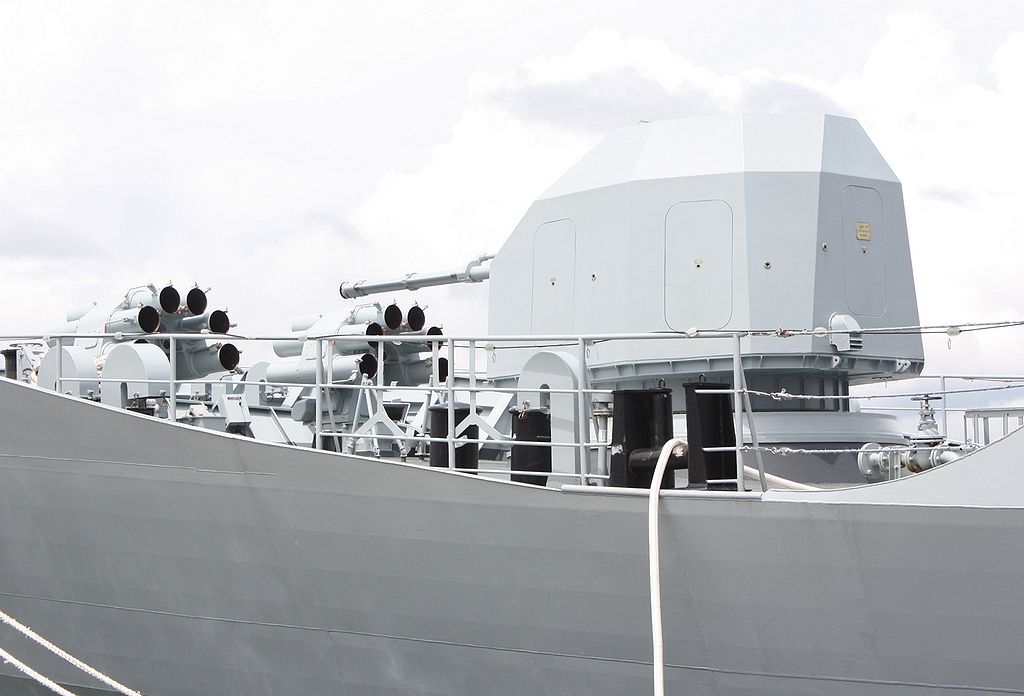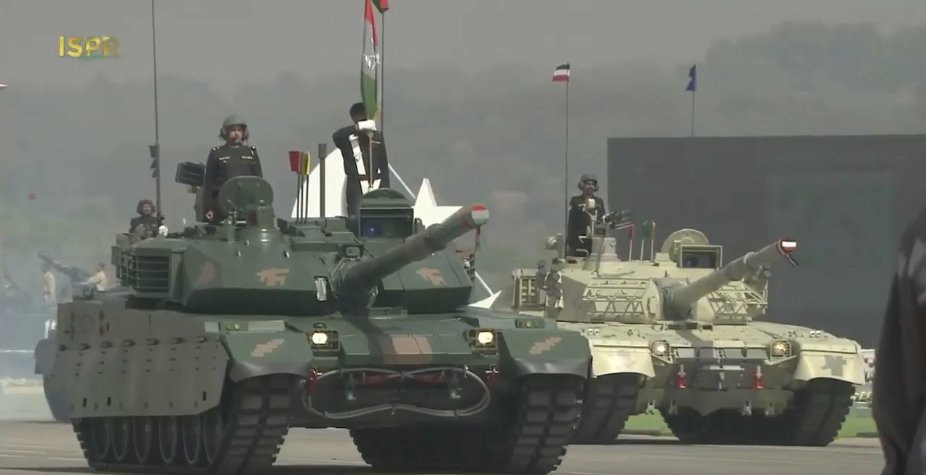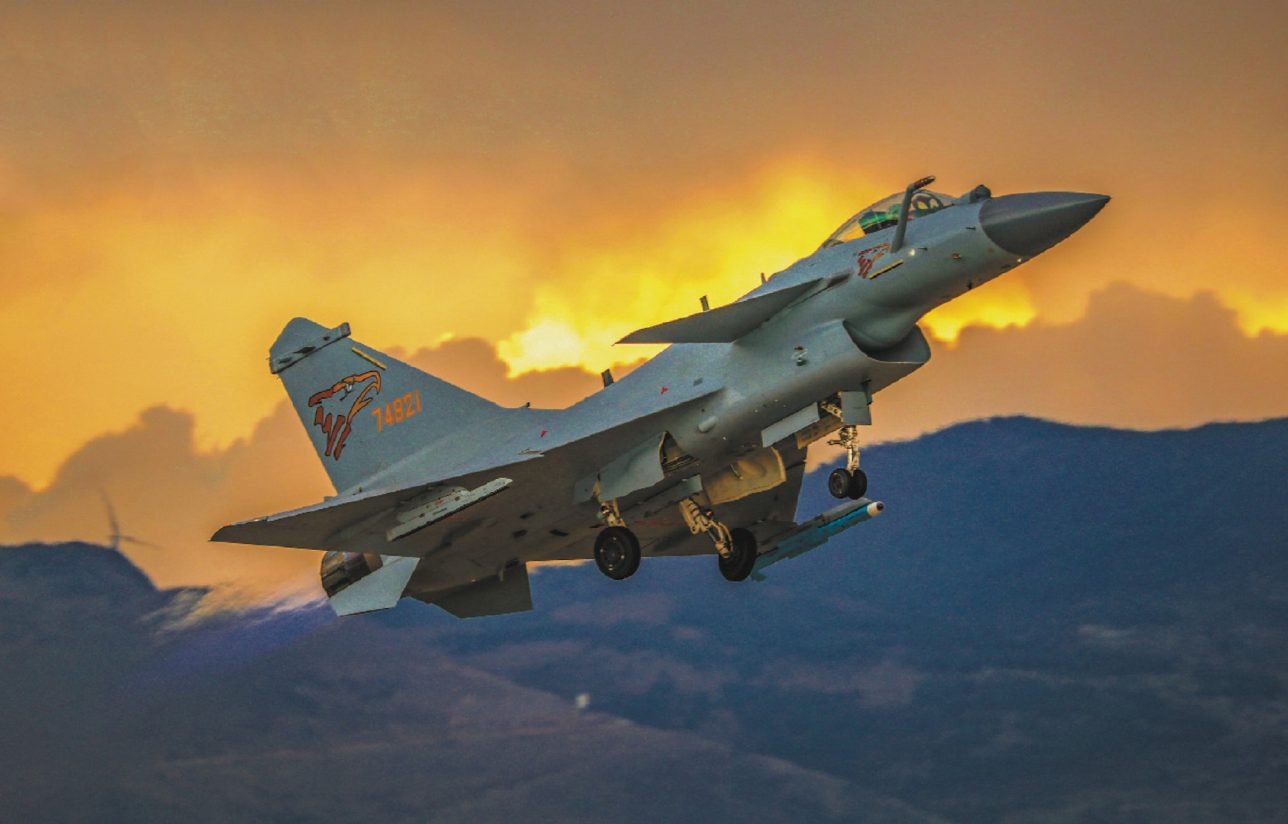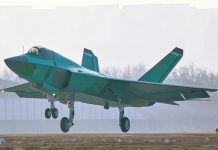The Pakistan Navy is facing problems with at least four of its Chinese-made multi-role frigates, according to a recent analysis by Geopolitica. Earlier, there were reports that Pakistan was facing issues with naval warships and even with JF-17 fighters that Islamabad acquired from China.
Lagging Behind China In Hypersonic Race, Report Reveals Grim Realities Of Grounded US Military Aircraft
“At least four Chinese frigates, F-22P commissioned in July 2009, are giving nightmares to Pakistani Navy officers and men tasked to keep them afloat in the turbulent waters of the Arabian Sea and the Indian Ocean,” wrote Di Valerio Fabbri for Geopolitica.
Three of the four frigates were acquired from the China Shipbuilding Trading Company, and one was built at the Karachi Shipyard and Engineering Works under the technology transfer agreement with the Chinese company, noted Fabbri.
Pakistan had signed a deal worth $750 million with China in 2005 for the design and construction of F-22P or Zulfiquar-class 2,500t multi-mission, conventionally powered frigates delivered between September 2009 and April 2013.
Pakistan’s Problems
These frigates were meant to boost air defense for the vessels operating at sea, interdiction of hostile surface combatants, commerce raiding, patrolling, protection of the exclusive economic zone (EEZ), and undertaking heliborne operations.
According to Fabbri, such mission objectives involve these frigates operating in multi-threat environments and are “with long-range, surface-to-surface and surface-to-air missiles.”

However, much to the dismay of the Pakistan Navy, the onboard imaging device of the FM90 (N) missile system was reportedly found to be defective because of the faulty indication on display. The system was unable to lock on to the target, which in a way, made the missiles ineffective, thereby defeating one of the critical mission objectives.
These ships were equipped with a defective infra-red sensor (IR17) system and SR 60 radars, two of the essential sensors on board used for air and surface search, according to the report.
These search and track radars exhibited faults during high-power transmissions, substantially degrading their operational utility. The IR 17 sensors on the ships were defective and had to be discarded, according to the report.
Another common problem in the Chinese-built frigates was their main engine. According to Fabbri, four diesel engines power the frigates. A critical defect in them has been low engine speed due to high exhaust temperatures, especially in engines three and four of all the frigates.
“A high degree of degradation was noticed in the engine crankcase and liner, which undermined the coolant chemistry in the ships. Lube oil degradation and deterioration of vibration isolators were some other faults in the engines,” wrote Fabbri.

Apart from these common problems, Fabri also reported some issues specific to individual ships in the Zulfiquar-class frigates, such as poor performance of the radar in PNS Aslat and faults in single barrel 76mm gun of the PNS Zulfiqar.
Not The First Time?
It is not the first time Pakistan has faced problems with Chinese-made defense equipment.
In February, the Pakistan Army reportedly faced quality and reliability issues with the VT 4 main battle tanks and 203 mm towed heavy artillery guns imported from China. The post-delivery tests and field firing trials ran into several problems.

Apart from Pakistan, other customers have faced similar issues with weapons acquired from China.
For example, the Royal Jordanian Air Force had bought 6 CH-4B unmanned combat aerial vehicles (UCAV) produced by the China Aerospace Science and Technology Corporation (CASC), which it later decided to sell off reportedly due to dissatisfaction with the performance of these UCAVs.

Another example is the Bangladesh Air Force, which bought 23 Nanchang PT-6 basic trainer aircraft from China National Aero-technology Import and Export Corporation(CATIC), which were reportedly defective.
There were also other problems such as lack of after-sales service and poor maintenance by the Original Equipment Manufacturer (OEM), Hongdu Aviation.
Are Chinese Weapons Inferior?
Experts say that China is still catching up with other major arms suppliers, such as the US and Russia, which are technologically superior. Additionally, Chinese weapons are not battle-tested like American and Russian weapons used in conflicts worldwide.
“Chinese military hardware generally lags behind that of these countries (US & Russia) in terms of engines, electronics, and composite material,” said Alexander Vuving, professor at the Daniel K Inouye Asia-Pacific Center for Security Studies in Hawaii, a US Department of Defense institute.

“China-made weapons are not just technologically inferior, they also remain untested on the battlefield, unlike weapons from the US and many of its allies, as well as those from Russia,” Vuving told The EurAsian Times.
“For these two main reasons — technology and battlefield testing — China-made weapons are still significantly inferior to those from the West and Russia,” Vuving continued.
When asked why countries such as Pakistan and Bangladesh are inclined to buy Chinese military equipment despite these problems, Vuving said, “The quality of a weapon is just one part, and often a small part, in the decision to buy it by a Third World country.”

“For many countries in the Third World, their most significant considerations in arms procurement are price and politics, with corruption playing a prominent role. China can offer weapons at a low cost, with hefty discounts or bribes for officials in charge of the procurement and go-between individuals.
“Buying weapons from China is also a political decision to maintain a good relationship with China, hedge their geopolitical bets, or both. It is the case with Pakistan, and to a lesser extent, with Bangladesh.
“Also, many countries that buy weapons do not expect to use them on the battlefield, so quality considerations are often less important than political, financial, and other considerations.”
- Contact the author at tanmaykadam700@gmail.com
- Follow EurAsian Times on Google News




